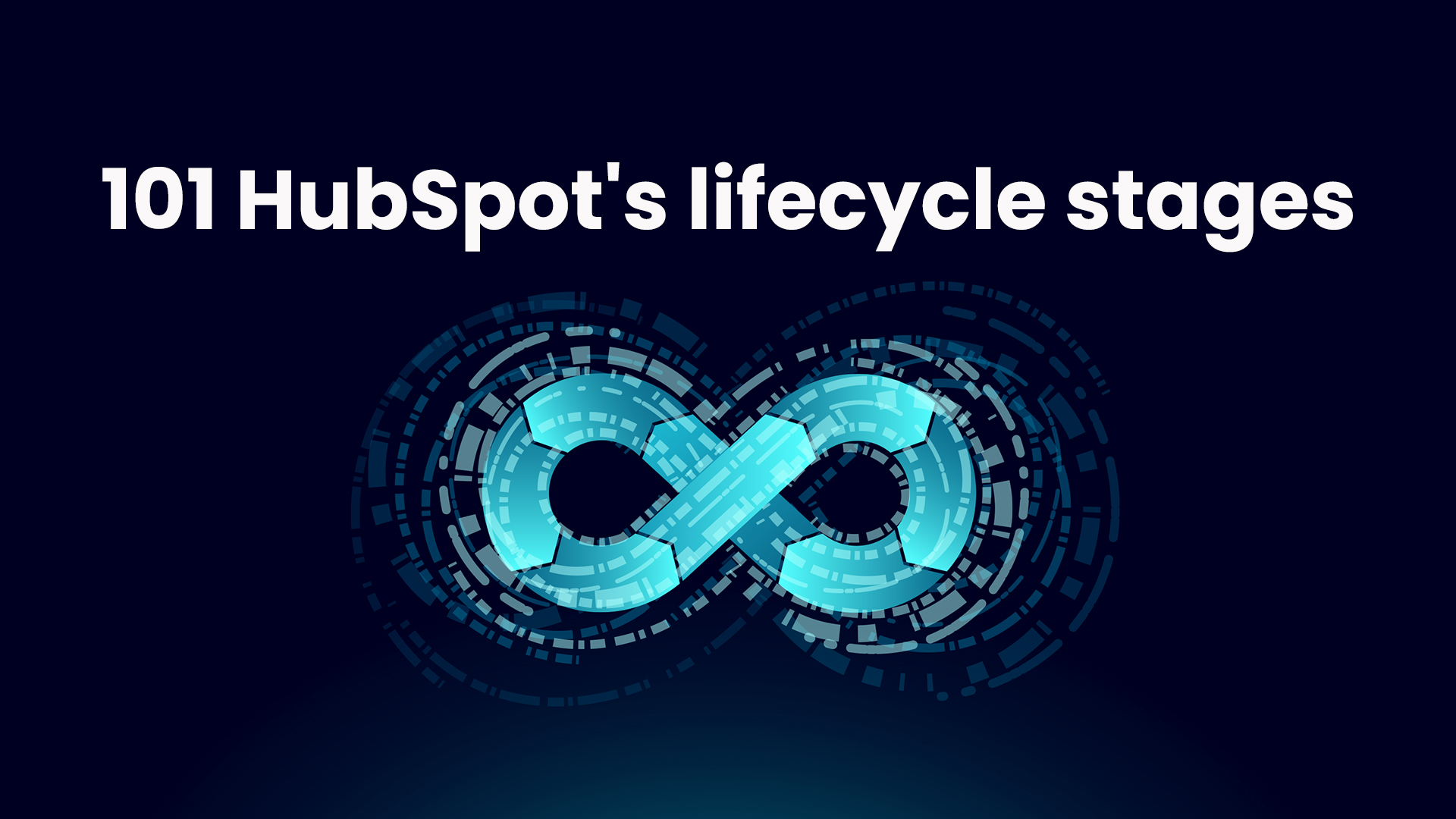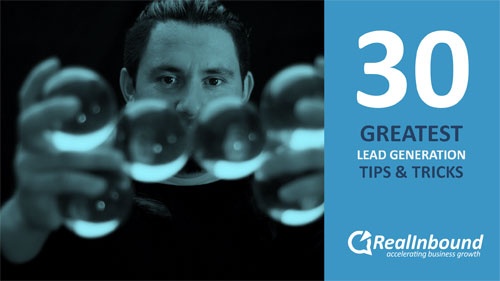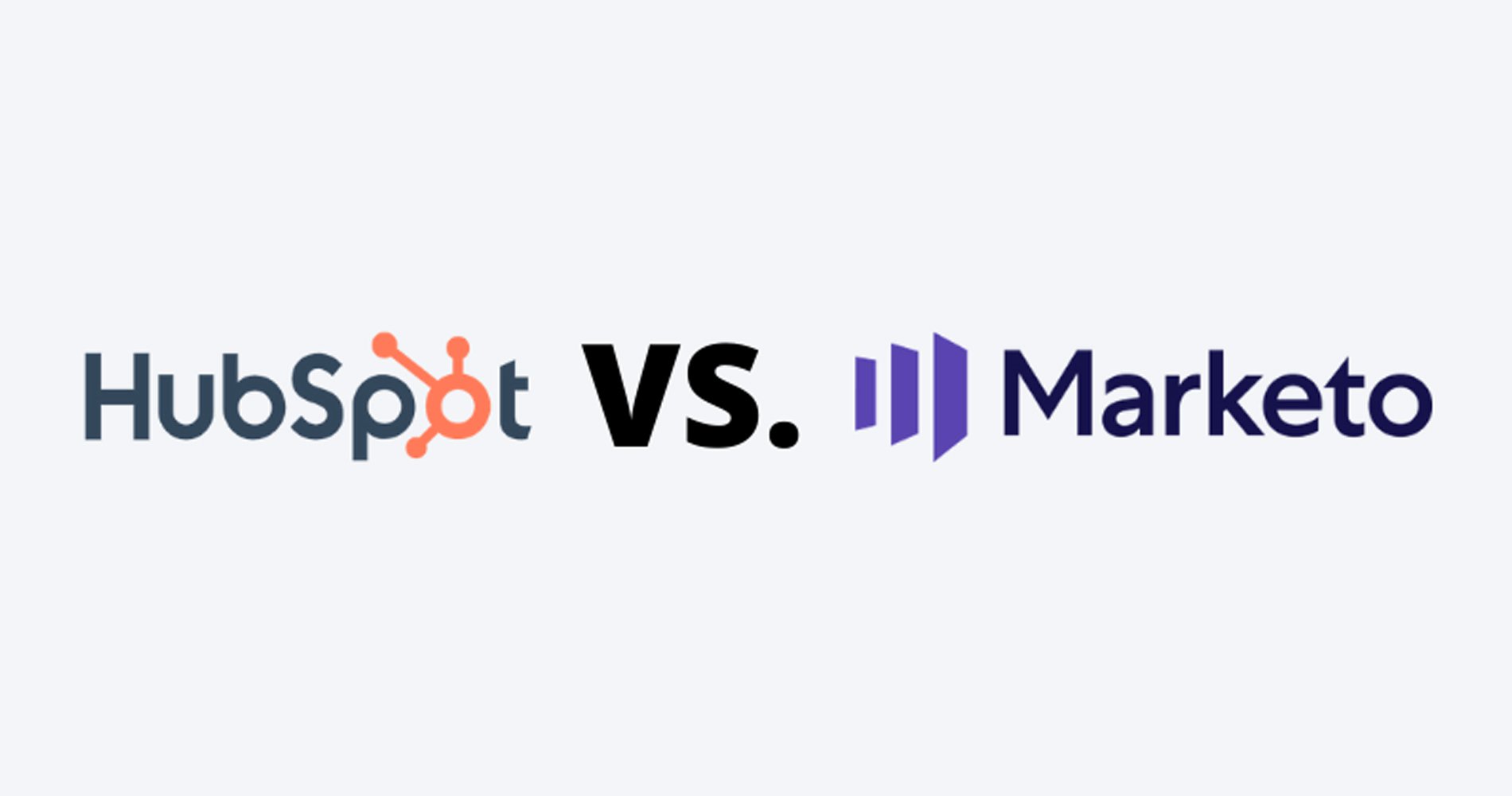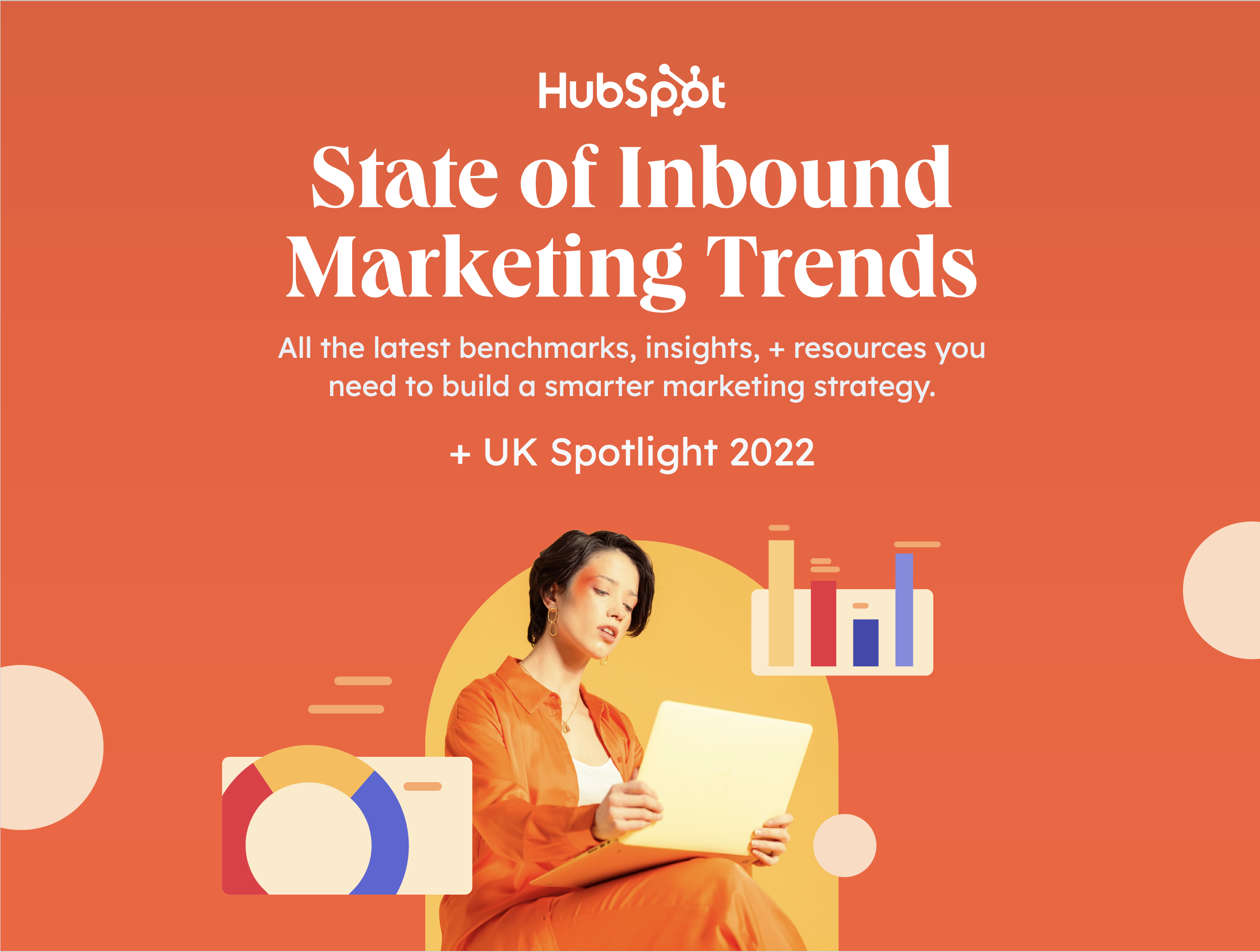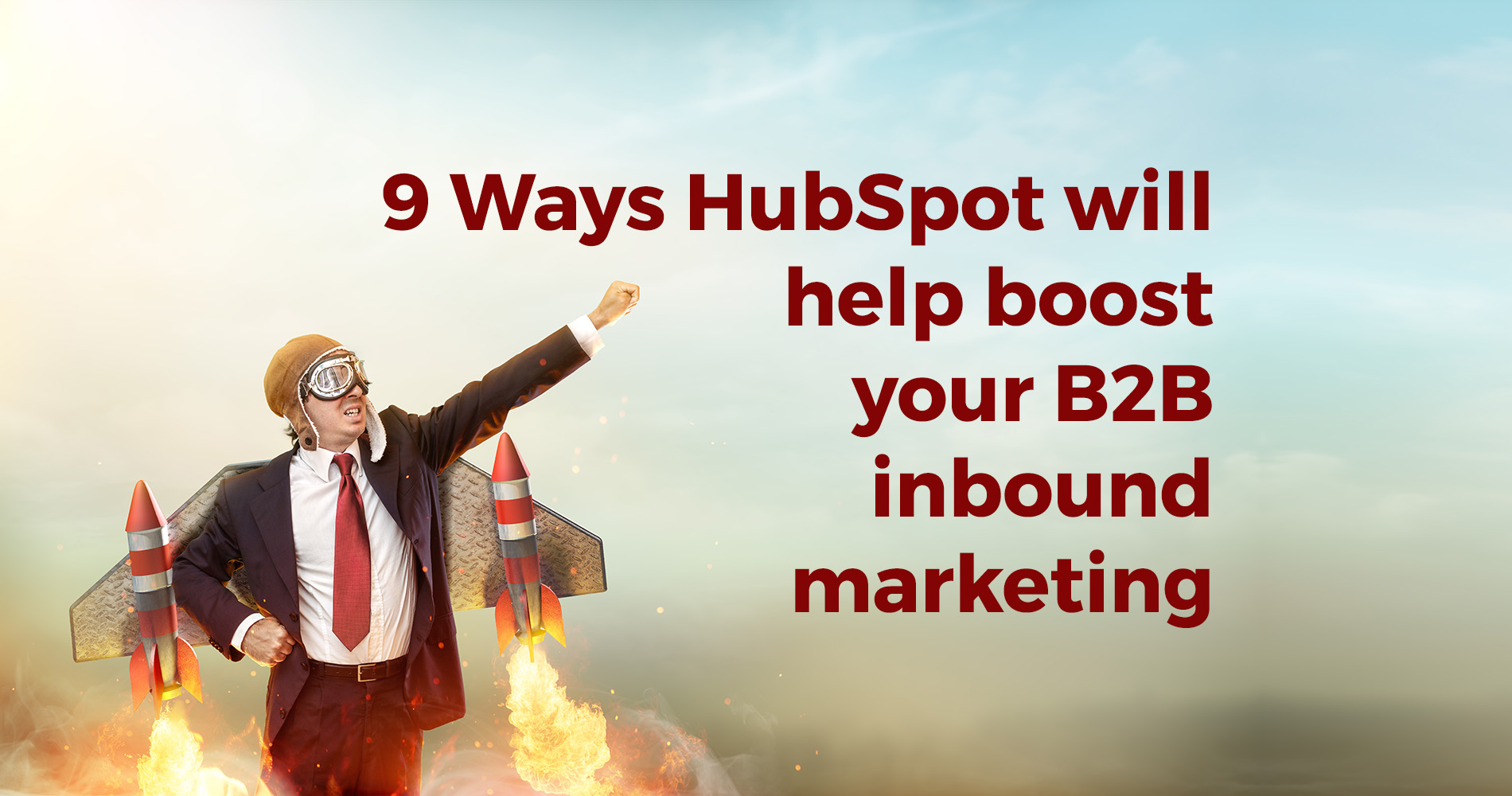Lifecycle marketing is quickly becoming an essential part of any successful marketing strategy. It is the process of understanding and nurturing customers at each stage of their journey, from initial engagement through to purchase. Through lifecycle marketing, organisations can identify customer needs, anticipate challenges and create personalised experiences that are tailored to each customer’s needs. The result is a more holistic marketing approach that helps drive loyalty and higher levels of customer satisfaction.
Using HubSpot for your marketing automation? Lifecycle Stage property is a major component of HubSpot and can be seen in plenty of features &reports. This helps you utilise HubSpot to its fullest potential and get the most out of it.
How exactly to define a HubSpot's lifecycle stage remains a topic of discussion as some components of the stage can be tailored while others are already predetermined by the platform
Deciding which lifecycle stage to assign a customer in HubSpot is an important task for any business. While some components of the stage can be tailored to fit each business’s needs, certain predetermined elements must be considered when defining it.
To ensure a smooth HubSpot setup, it is important to have an understanding of the lifecycle stages & how you can customise them. This can help simplify your HubSpot configuration process. This discussion will explore the various components of a HubSpot lifecycle stage and how they can be used to create an effective customer journey.
How does HubSpot's lifecycle work?
HubSpot lifecycles stages refer to the different stages that customers progress through on their journey from being aware of a product/service to becoming customers and finally promoters.
HubSpot's lifecycle stages are the foundation of successful customer relationships. They provide an easy way to track customer progress through the sales and marketing funnel and identify areas for improvement. The default lifecycle stage properties available for contacts and companies make it easy to segment customers and tailor content to fit their needs. By leveraging this powerful feature, businesses can optimise their customer journey and drive better results.
The property journey, when applied to marketing and sales operations, can be an incredibly valuable tool for businesses. By mapping the customer journey and breaking it down into specific stages, businesses can better understand how their customers interact with them and what steps need to be taken to ensure a successful sale. AI writing assistants can help marketers and salespeople identify the right messaging at each step in the buyer's journey, leading to increased customer engagement and more successful sales.
Lifecycle properties are a fundamental part of HubSpot's automation and reporting architecture--values cannot be updated, added, or removed. Thus, these properties need to be taken into consideration for better accuracy in the result.
The HubSpot lifecycle stages: what are they?
To make things simpler, we have outlined clear explanations of each stage and how HubSpot looks at it, for your benefit. These have been verified and tested in-field as well as HubSpot's own analysis & interpretations to ensure you understand the lifecycle stages perfectly.
Subscriber
HubSpot's definition: You have an engaged contact who has willingly permitted you to receive further communication from you through signing up for your blog/newsletter.
Blend's definition: The initial phase of a contact's journey is one of the most important. Automatically applying it to those who subscribe to your blog aids in understanding their engagement levels with you. It is widely used for contacts who only provide email addresses and at the time of imports when the extent of past interaction is unknown.
Lead
HubSpot's definition: An organisation that has successfully gone through the process of conversion on your website, app, or other media of interaction with your business, beyond the subscription sign-up.
Our definition: Any contact that is entered into HubSpot via forms or manually, is assigned a lifecycle stage automatically. This includes contacts coming from both digital and offline sources. The lifecycle stage is used to specify the processes for managing each contact & segmenting them for better results.
Marketing Qualified Lead (MQL)
HubSpot's definition: A contact or company/Individuals who have taken actions such as making a purchase, registering or subscribing on your website, or carrying out another important task with your organisation beyond just signing up are referred to as having "converted".
Our definition: The concept of MQL has no one-size-fits-all definition, and it's not something HubSpot automatically applies. Marketers generally agree that MQLs are those leads that are passed on to sales. To further boost their sales and marketing strategy, many try to forecast if a lead could result in a purchase or not by looking at online behaviour along with demographics and firmographics - this idea has been termed as 'lead scoring'. We advise against taking a passive approach when dealing with leads and instead, focus on letting them tell you when it is time to contact sales. Utilise MQL criteria for leads that do certain bottom-of-the-funnel activities to better understand where they are at in the funnel.
Sales Qualified Lead (SQL)
HubSpot's definition: A contact or company that your sales team has identified a contact or company as a potential customer. This prospect is now in the qualification phase, which is critical for your sales process. Lead Status property stores the sub-stages of this process, allowing you to effectively monitor progress. With this intelligent system in place, your team can quickly and easily identify qualified leads and move them down the pipeline efficiently.
Our definition: HubSpot does not use either SQL or MQL without any prior customisation, and there is a lot of debate around how each should be interpreted. Businesses widely accept that SQL stands for "Sales Accepted Lead". This signifies that a MQL has gone through some further assessing and is identified by sales. Investing in sales is a must for any organisation that wants to stay competitive. If you think it's an opportunity, you don't need to worry about SQL and can move straight on the opportunity lifecycle stage. This should definitely be given more attention and effort.
According to HubSpot, it is reasonable to categorise leads at the SQL stage within the lead status property. This makes sense especially when those leads haven't communicated an intention of making a purchase. At the same time, sales teams often use lead status at the MQL phase to contact those who've expressed interest, as a way of initiating a sales dialogue.
Opportunity
HubSpot's definition: A contact or company associated with a deal could be of potential value to your organisation. It is worth considering such associations when it comes to making important decisions.
Our definition: Any contacts or companies connected to deals that have not yet been 'closed won' are considered in the deal pipeline. HubSpot allows you to manually assign an opportunity lifecycle stage to contacts even without creating a deal. Additionally, it also automatically applies the right lifecycle stage for an associated deal when one is created.
Check out this article: Setting Up Lead Scoring in HubSpot
When is it appropriate to create a deal?
We believe that the optimal time to forge an agreement is when there's an evident interest in the purchase & the cost is known and understood, not earlier or later. Putting contacts or companies into the "ones-to-watch" or "likely suspects" deal stages for prospecting may not be the most efficient use of your deal records. This approach can lead to contacts and companies skipping over other important lifecycle stages.
Customer
HubSpot's definition: A contact or company that has completed a successful transaction is key for any business. Such companies or contacts are essential to furthering a business's success.
Our definition: Organisations or individuals who have already transacted with your business or are existing customers, can be easily identified using the contact details available. When a related deal is completed, the customer lifecycle state is automatically changed to "closed won". This can also be done manually if needed.
Evangelist:
HubSpot's definition: A customer who has championed your organisation and been an advocate for its success.
Our definition: Establishing allies or advocates is a great goal to strive for. However, the necessity to differentiate between customers and CRM within small and medium enterprises isn't always obvious. Be mindful of using this term. It's possible that shortly, you'll be able to make use of this lifecycle stage for targeted marketing campaigns. This would make it even more advantageous for businesses to leverage their capabilities.
Other
HubSpot's definition: A contact who is not part of any of the above stages.
Our definition: Having a dedicated repository for contacts and companies that are unlikely to purchase your product or service can be highly advantageous. It's a good way to separate them from other prospects and can serve as an invaluable resource during the final stages of the sales process. It would be greatly beneficial to move internal staff, supplier teams, associated partners and any disqualified leads to this location (automatically if possible). This is our recommendation. Grouping contacts into 'Other' is a great way to optimise your global workflow and exclude them from email suppression lists. Adding a customer 'Other category' property can be beneficial for this purpose.
Which HubSpot lifecycle stage should you use?
Automating your customer lifecycle does not have to be a daunting task. You can take advantage of the default lifecycle stages available, but you don’t have to use every single one. Customising certain aspects of the default implementation and automating the way lifecycle stages are implemented can make lead generation and customer conversion much more efficient and effective.
In the ever-evolving world of marketing, it can be difficult to stay up-to-date with the latest trends. That's why many marketers are turning to AI-powered writing assistants to help streamline their processes and save time and energy. Lead, Opportunity, and Customer may work for most people, but if you need something more specific such as Subscriber, MQL, SQL, Evangelist, or Other, don't feel obliged to stick with the standard options. AI writing assistants make it easy to create customised content that meets your specific needs.
Customising HubSpot's lifecycle
HubSpot empowers users to construct and personalise their cycle stages, as well as modify the default automation process.
With this feature, you can tailor the workflow to your individual business needs. Some of the possible uses include creating custom life-cycle stages, deleting pre-defined ones, or restructuring them altogether.
HubSpot is revolutionising the capability to configure lifecycle stages according to your business demands. This provides an exciting range of opportunities that could be beneficial for your organisation. HubSpot's model of the customer journey is reliable, and accurate and has been proven successful over time. Less complexity is better, so it's important to avoid making things more complicated than they need to be for long-term success. Having a well-grounded business case and understanding the implications that alterations may have on your portal performance (e.g. lists, workflows & reports) is essential in keeping your portal running efficiently.

